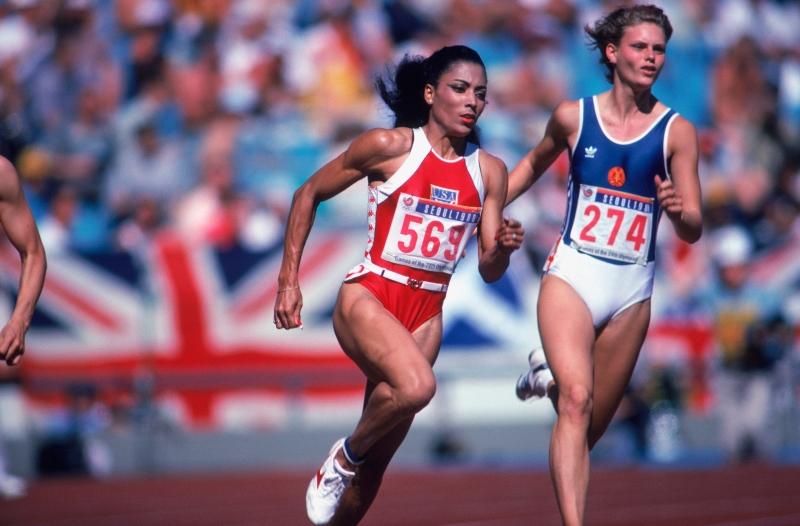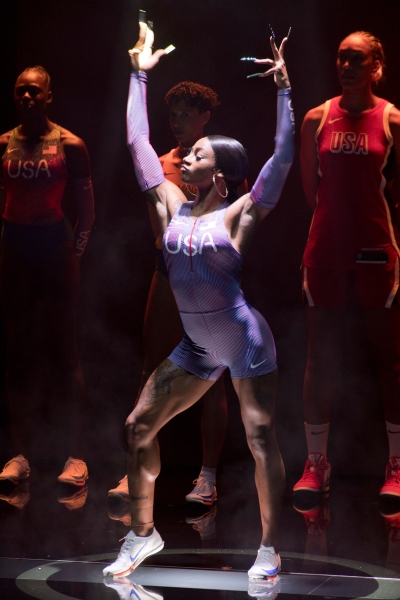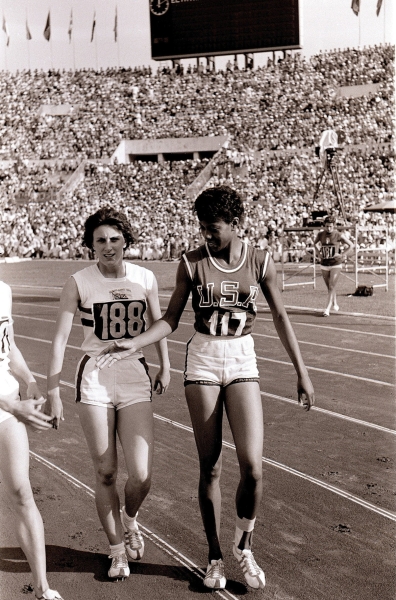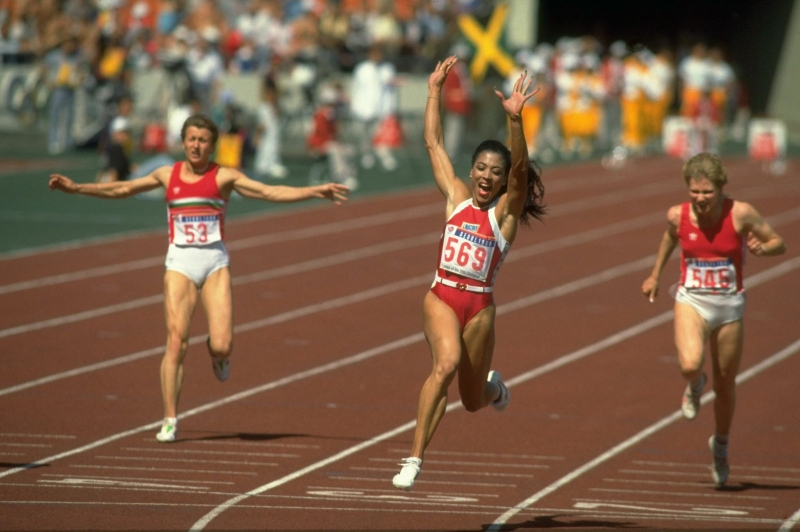
On Thursday night at the Nike Air Innovation Summit in Paris, the sportswear giant unveiled their Olympics uniforms for Team USA with the help of athletes including Serena Williams and Sha’Carri Richardson. Almost immediately, the women’s running kit sparked online chatter, including from some of the sport’s top athletes themselves.
Despite the fact that Nike presented multiple options (including a pair of shorts modeled by Richardson at the Palais Brongniart event), one uniform stood out: the shorts were so high-cut that runners and fans alike worried about the athletes preserving their modesty. Some were lighthearted jabs (Olympic hurdler Queen Harrison Claye joked that European Wax Center should sponsor Team USA for the Olympic Trials; the NCAA athlete Katelyn Hutchison replied “April fools was 10 days ago”), while others expressed genuine confusion, inquiring if any women were involved in the design process.
Nike maintains these uniforms are their most technologically advanced to date, and that they solicited input from a variety of athletes to ensure the uniforms were top-of-the-line. “Athlete insights continue to serve as a fundamental element that informs Nike’s kit designs. Working directly with athletes throughout the process, Nike designed garments on their bodies to ensure fit across body types and infused real-time feedback throughout the entire development process,” Nike’s Chief Innovation Officer John Hoke told Vogue in a statement.
Matthew Nurse, vice president of Nike Sport Research Lab, told WWD that the company consulted 5,000 athletes at their Beaverton, Oregon headquarters, 70% of them women, “to address the specific body type needs, including variations in injury risk, performance, recovery challenges and hormonal fluctuations.”
Still, many are left wondering why female runners, pole vaulters, and hurdlers wear such high-cut briefs. Women were first permitted to compete in track & field at the Olympic Games in 1928, and wore uniforms similar to male runners. While short shorts were de rigueur, they only got tighter throughout the years—noticeably so between the 1984 Los Angeles Games and the 1988 Soeul Games. High-profile athletes like Florence Griffith Joyner helped popularize the spandex look.

Still, some scholars, like Dr. Susan K. Cahn, an expert on women in sports and a professor at the University at Buffalo, believe that sexism is inherent in athletic wear. Last year, Cahn told The New York Times that female athletes are given skimpier uniforms out of fear of “masculinizing women.” With governing bodies like the International Association of Athletics Federations placing limits on testosterone in female athletes—as was the case with South African runner Caster Semenya—there is a very real precedent.
Nike underscores that it will give athletes options to choose from. These days, many athletes seek to strike a balance between a silhouette that make them comfortable, as well as one that maximizes performance. When every millisecond matters, competitors may not want to be weighed down by more fabric than necessary. And when it comes to the controversial uniforms, Olympic pole vaulter and Nike athlete Katie Moon took to X to defend the bottoms. “If this can help put women’s minds at ease a bit…I tried on the same style today and didn’t feel worried about…things…popping out,” she wrote. “I think it’s just the mannequin.”



